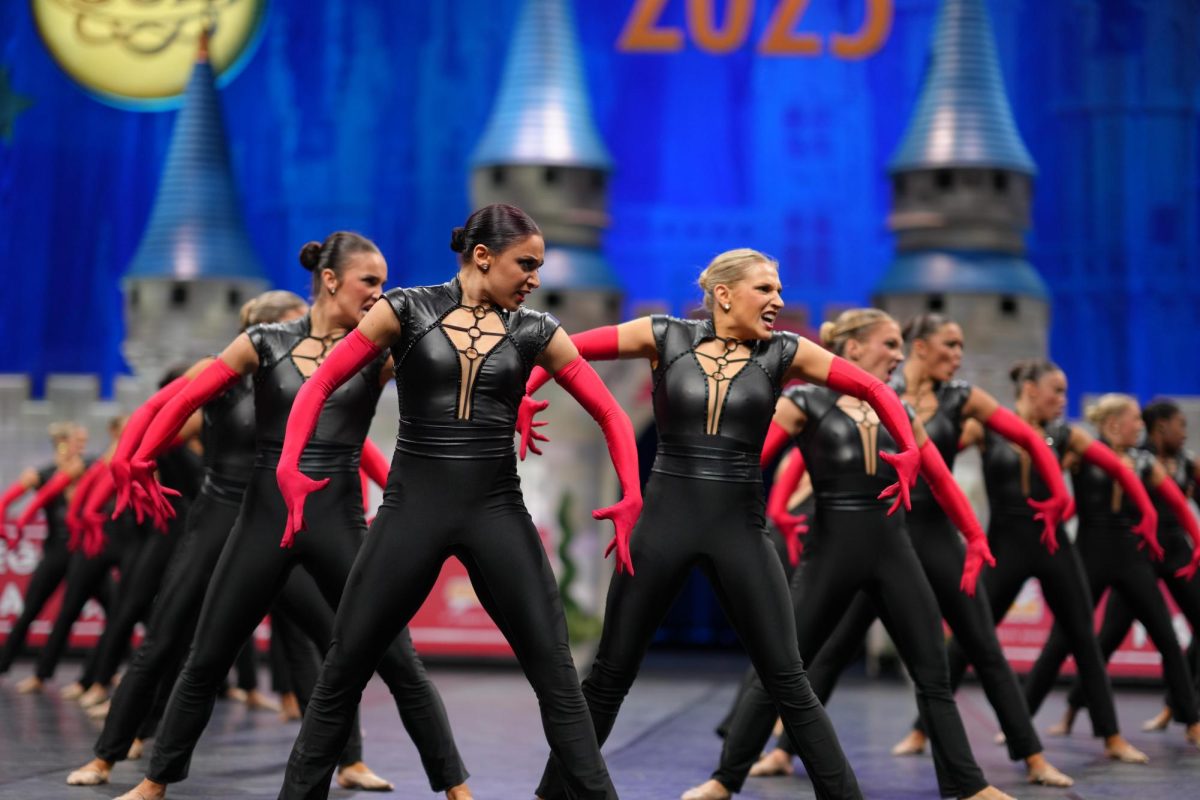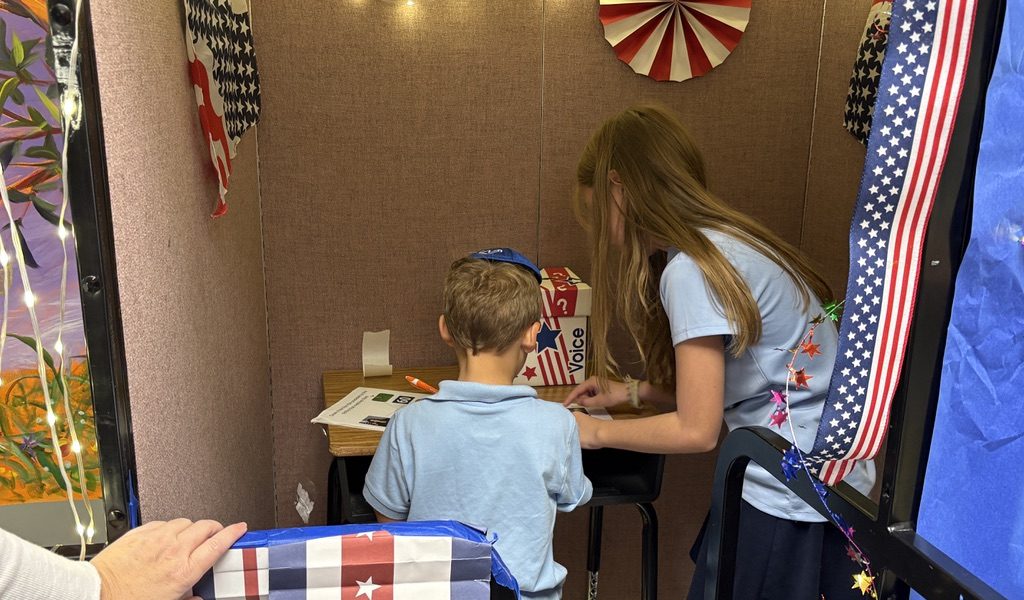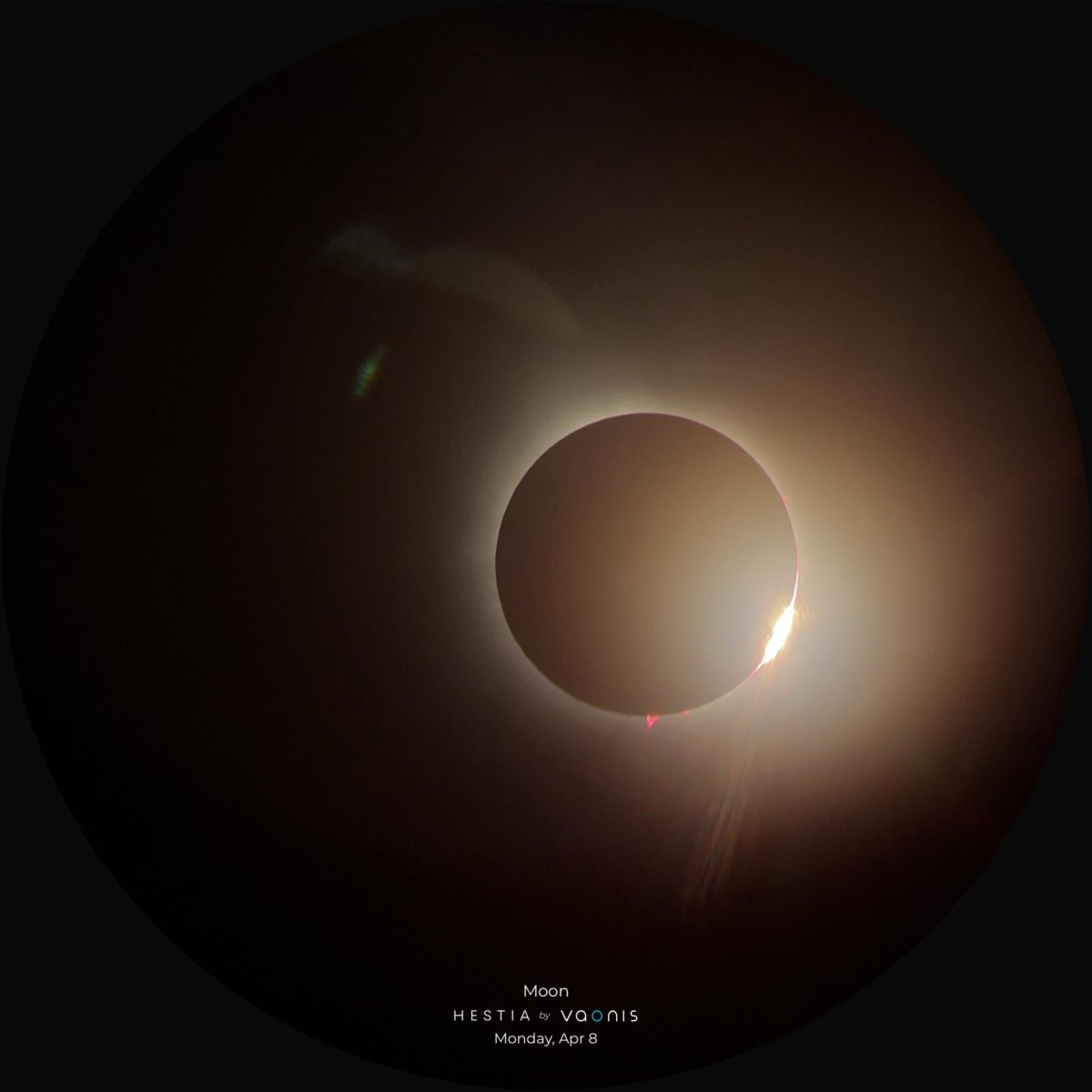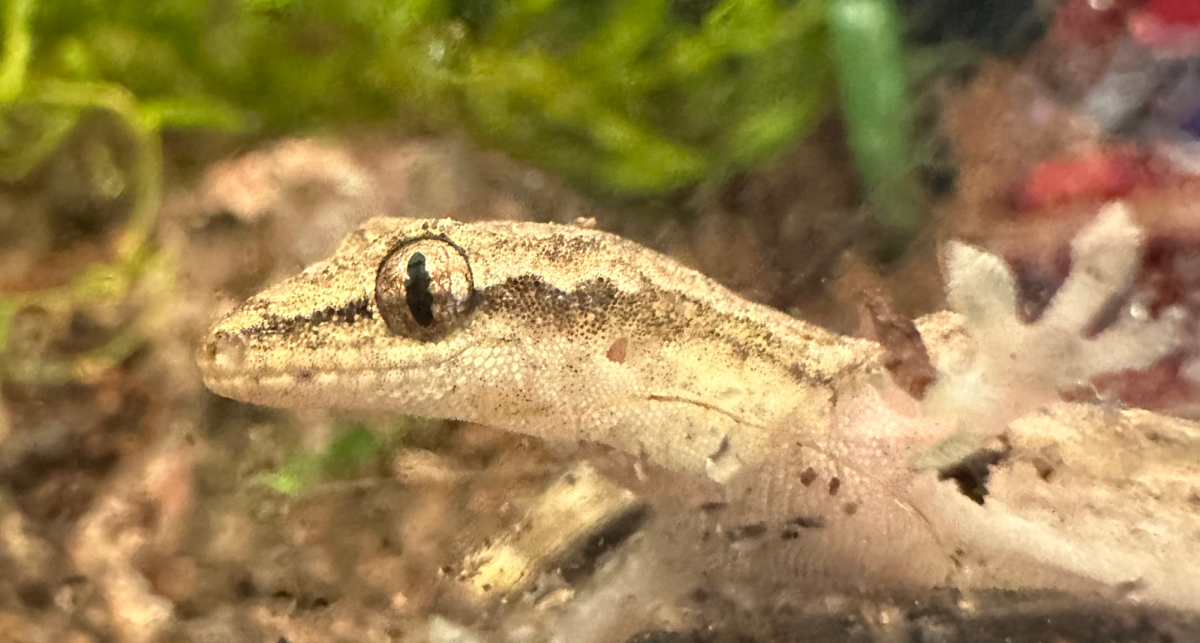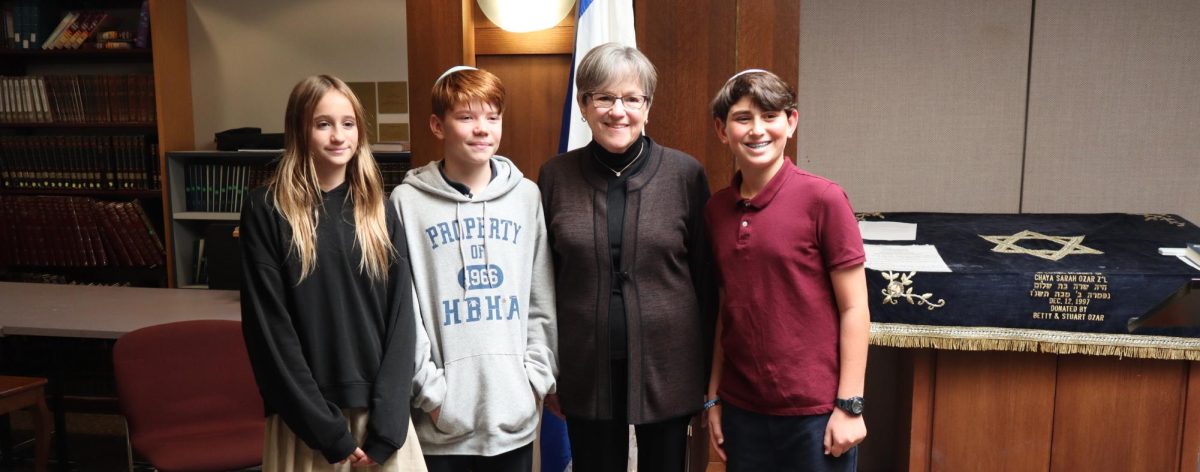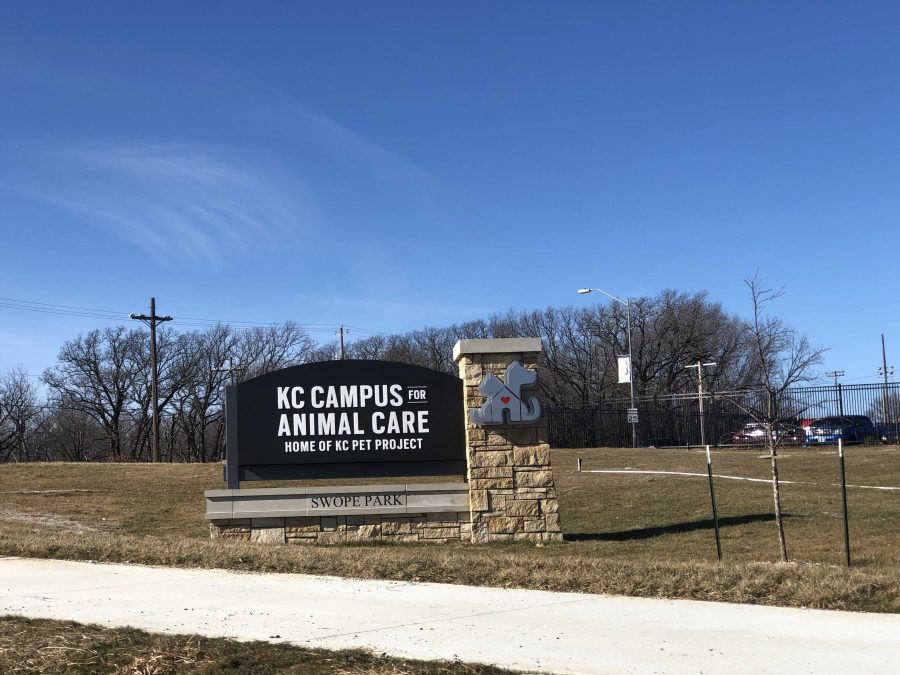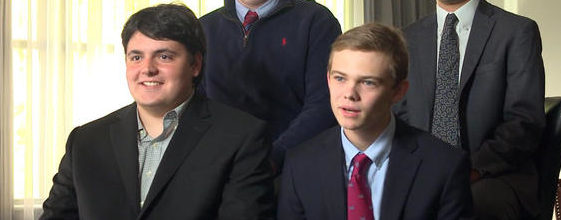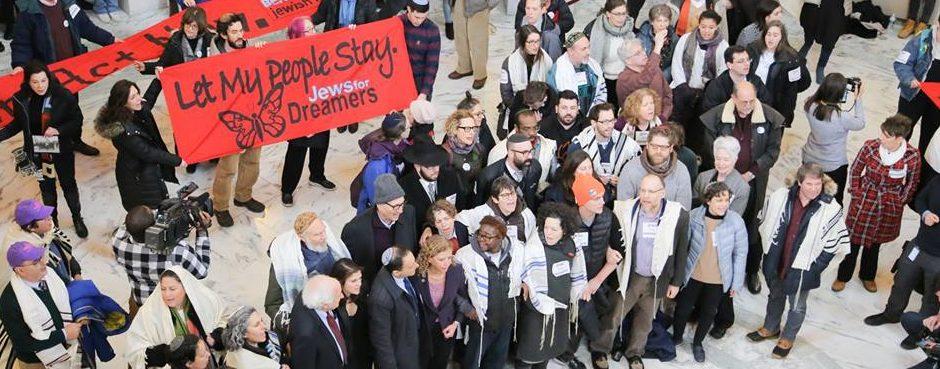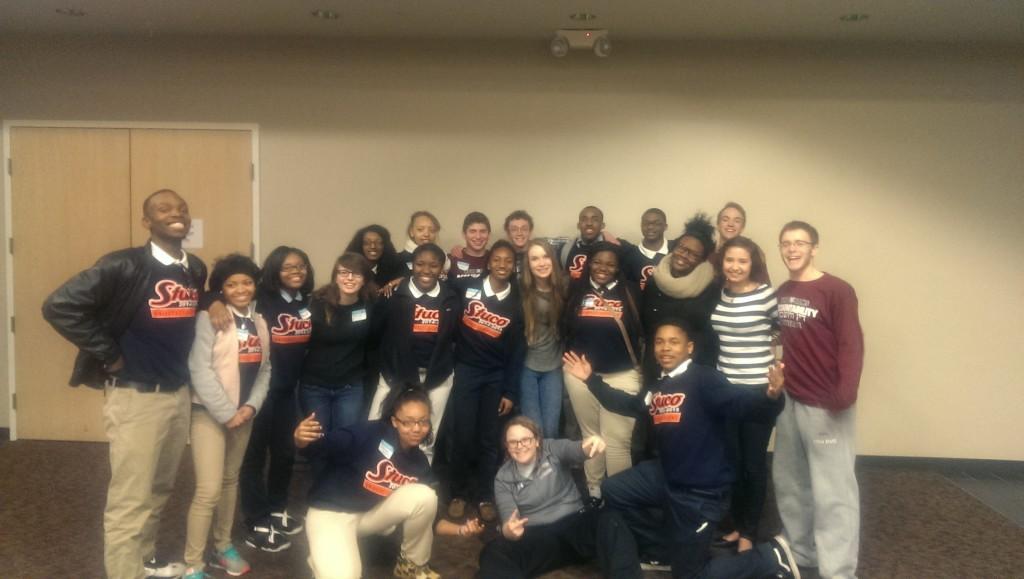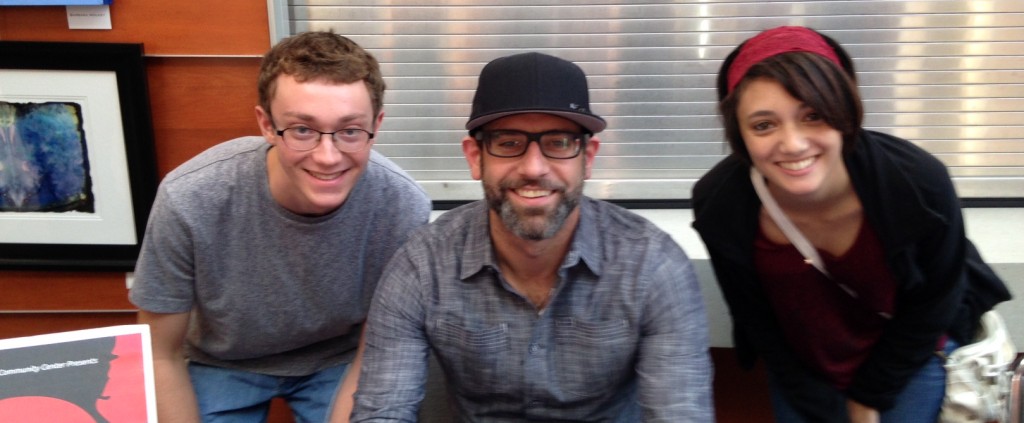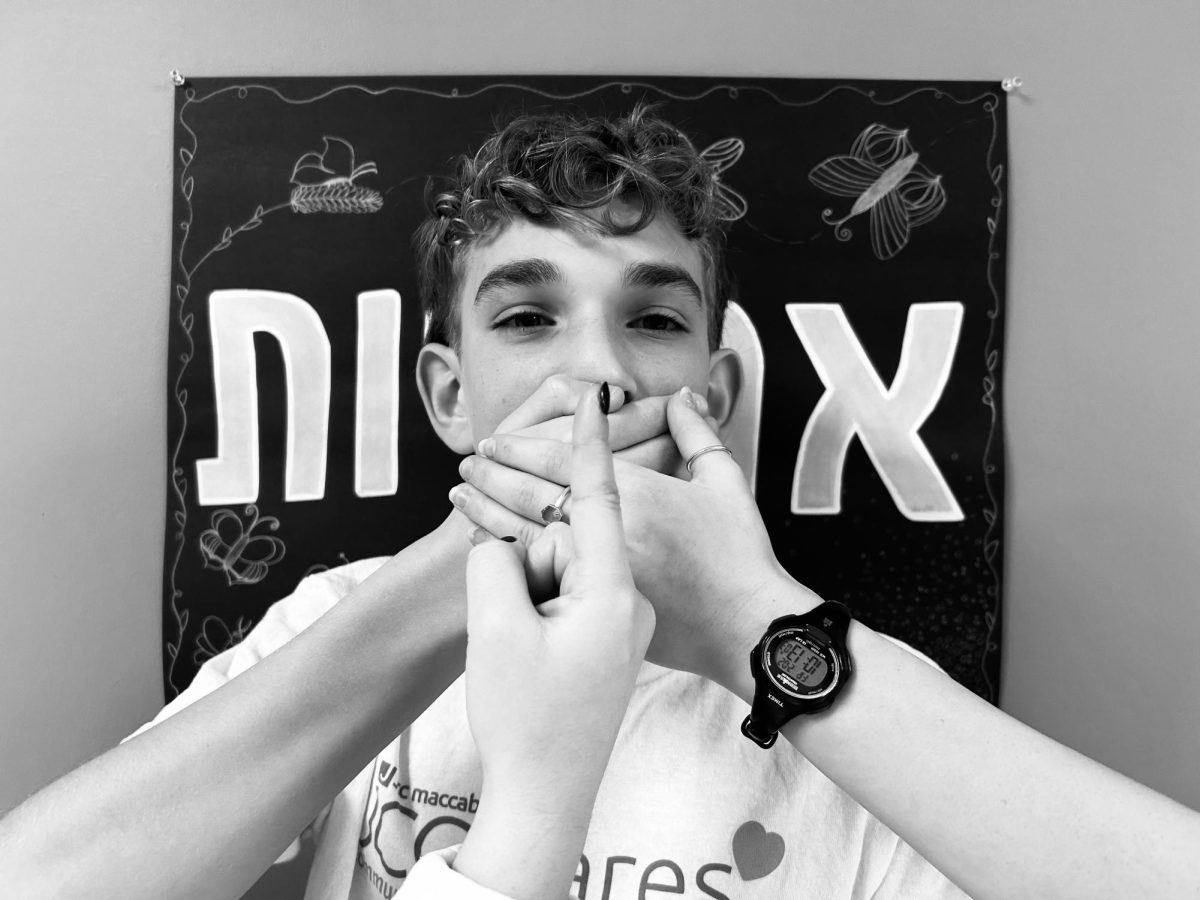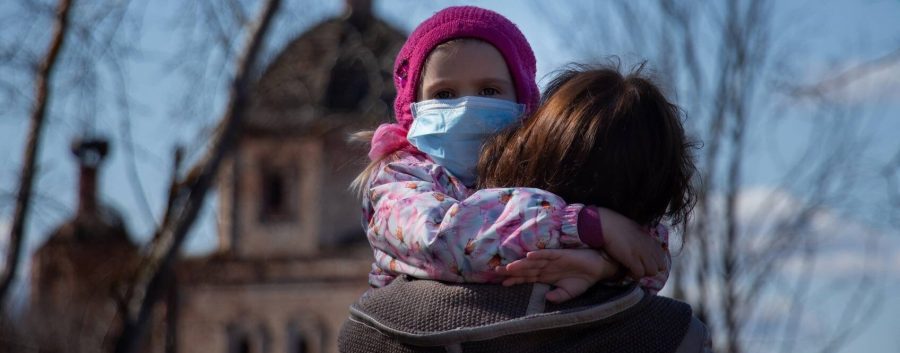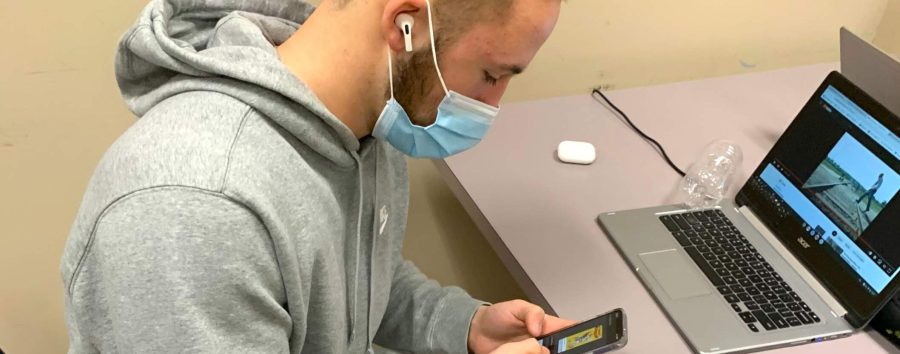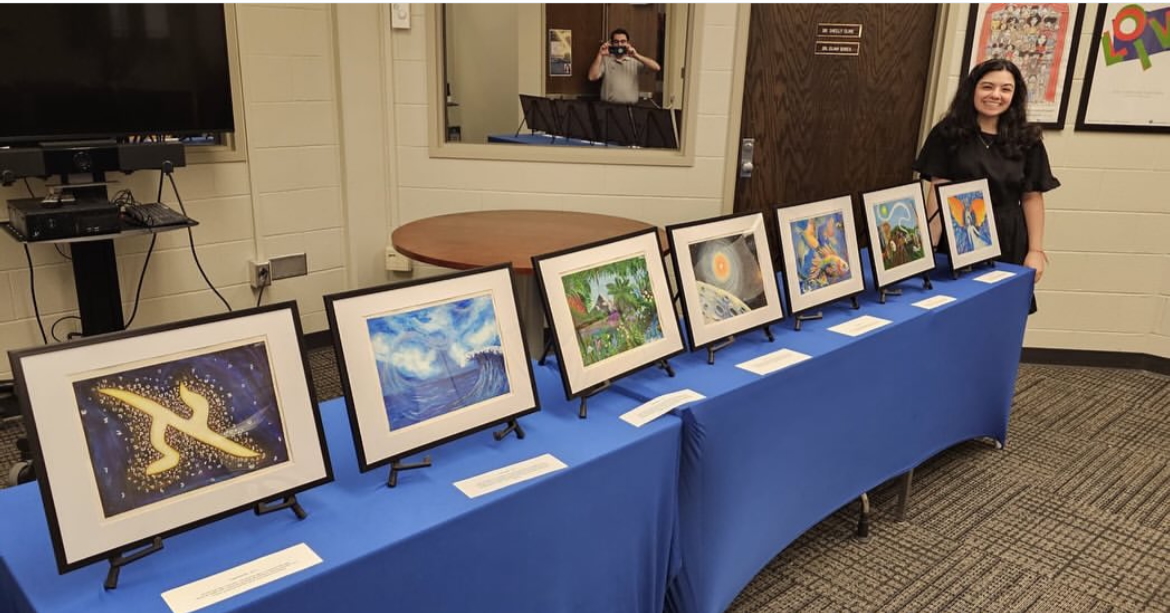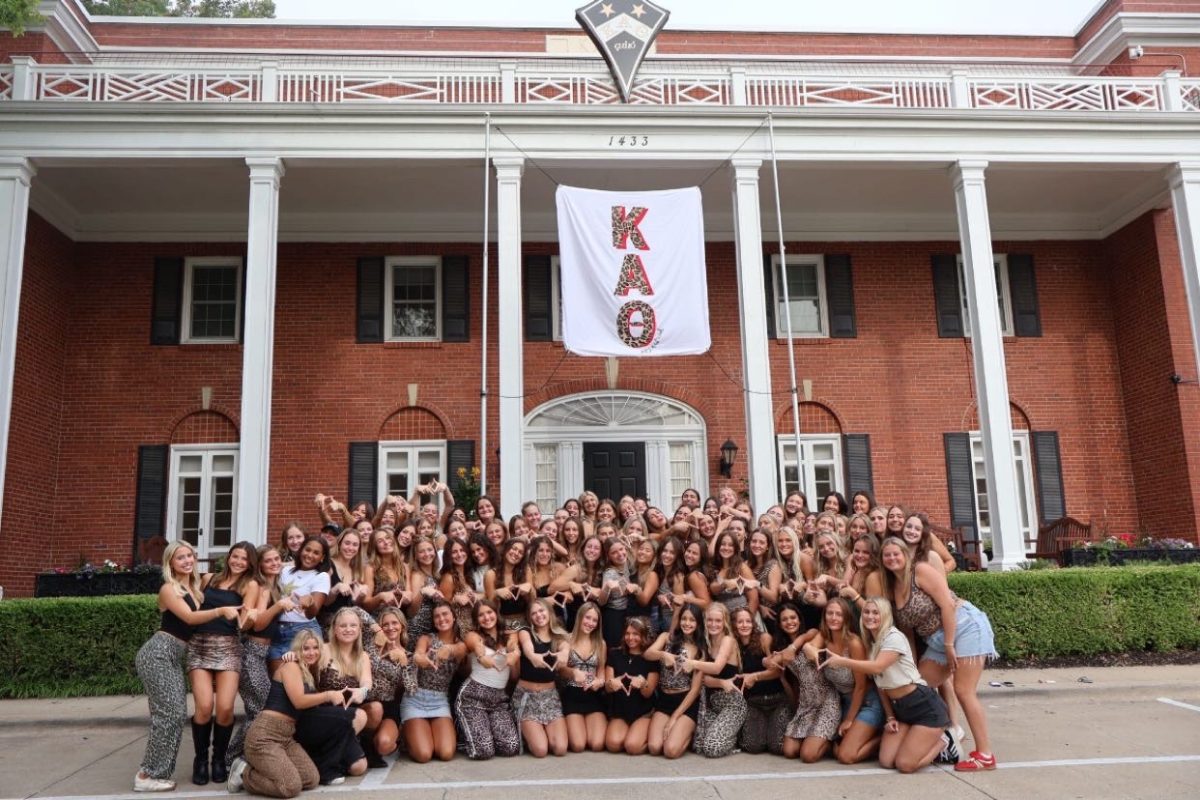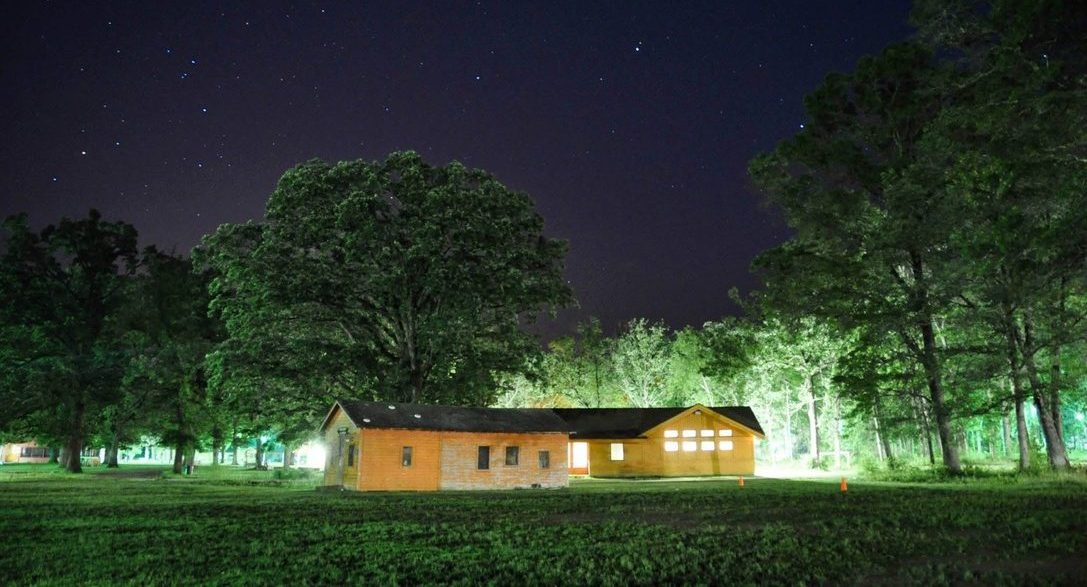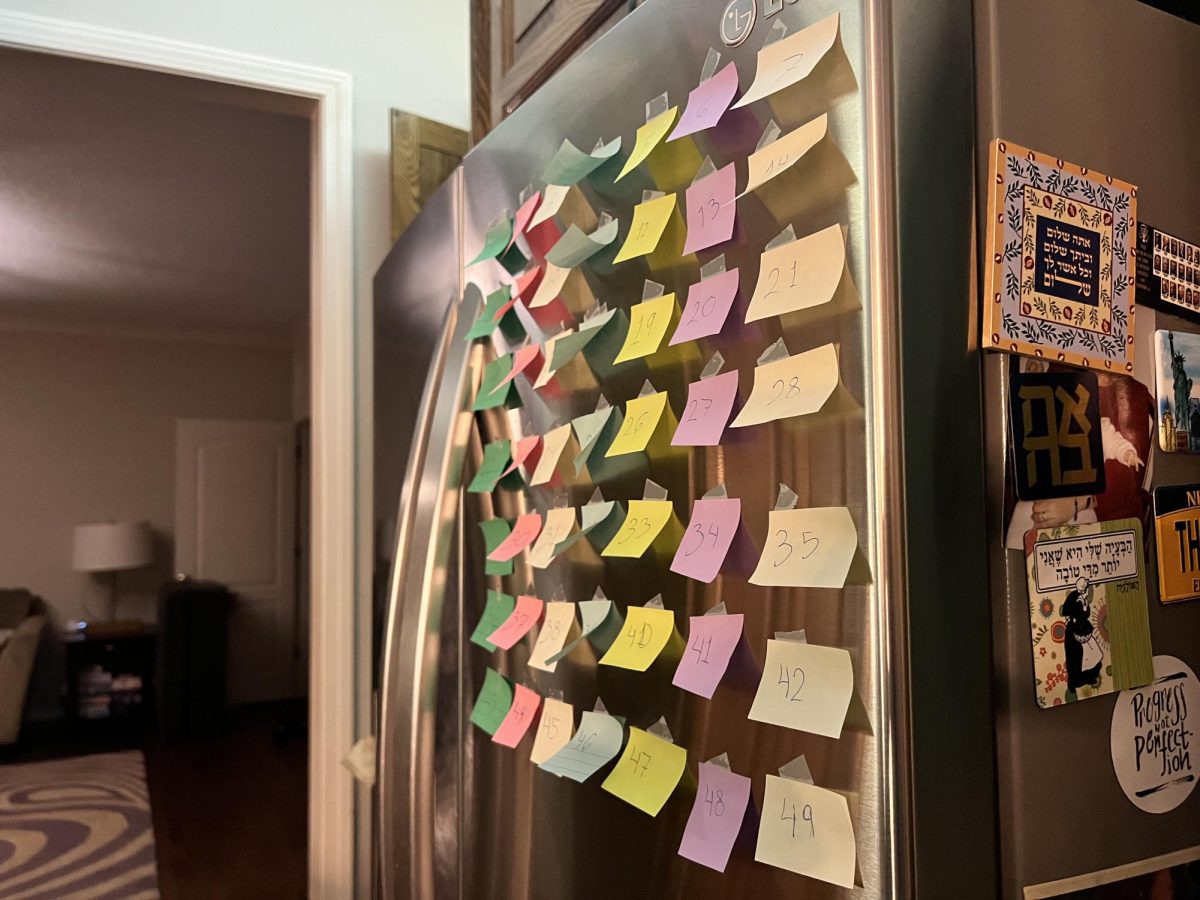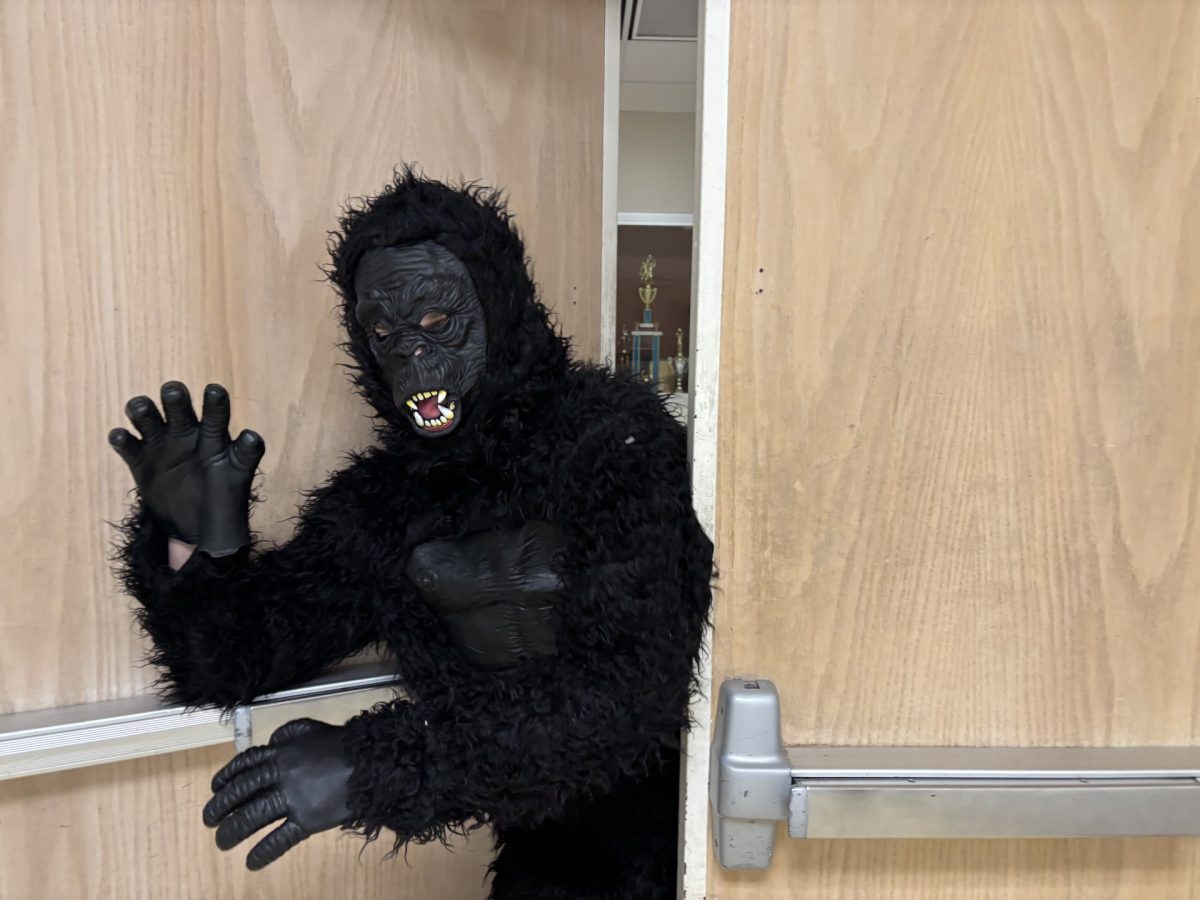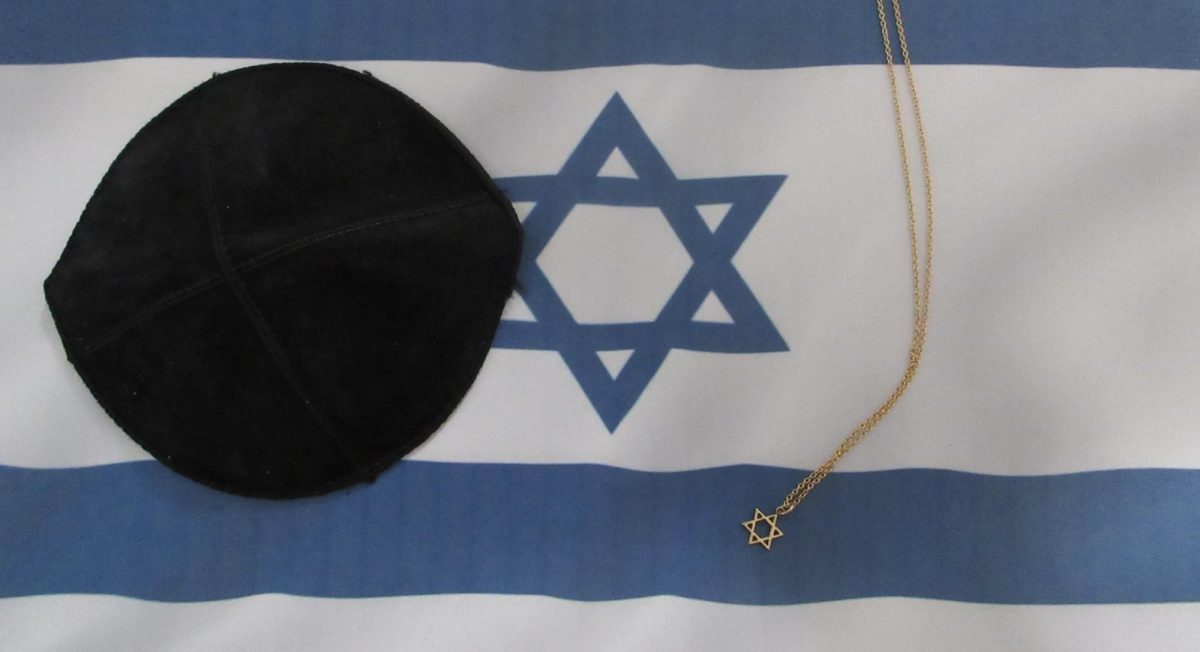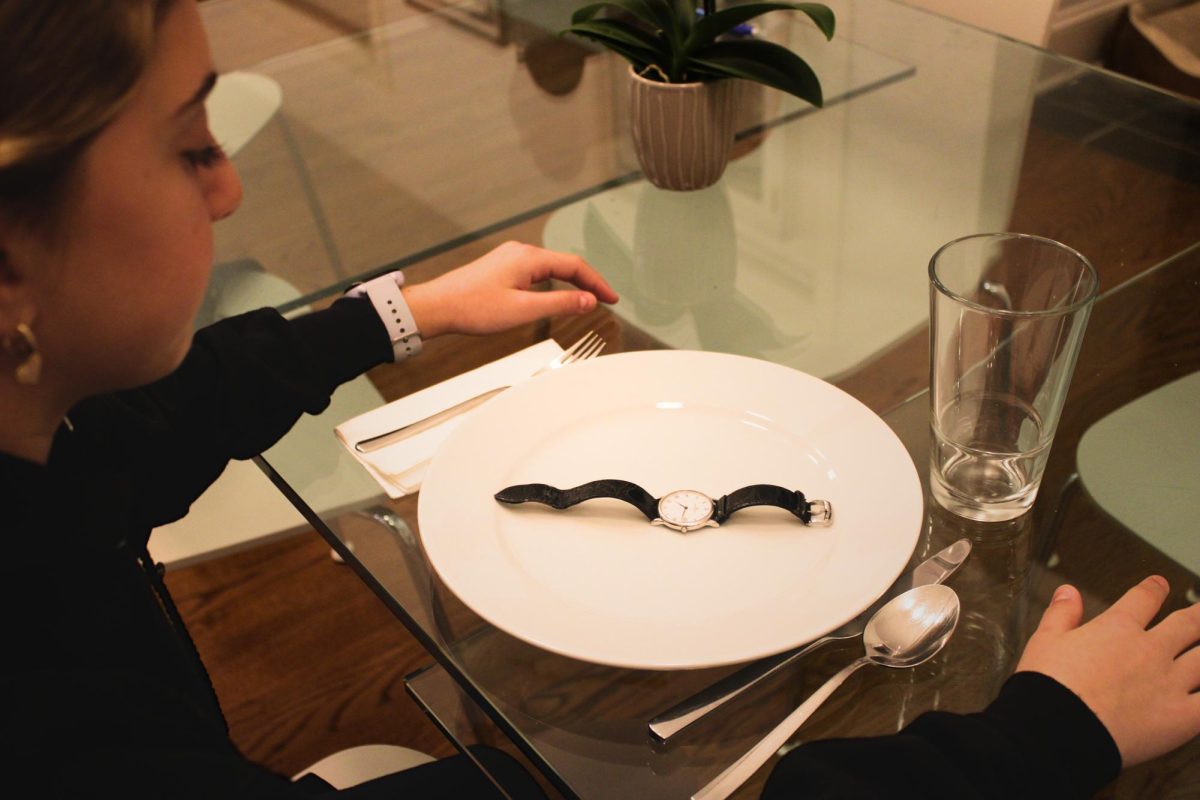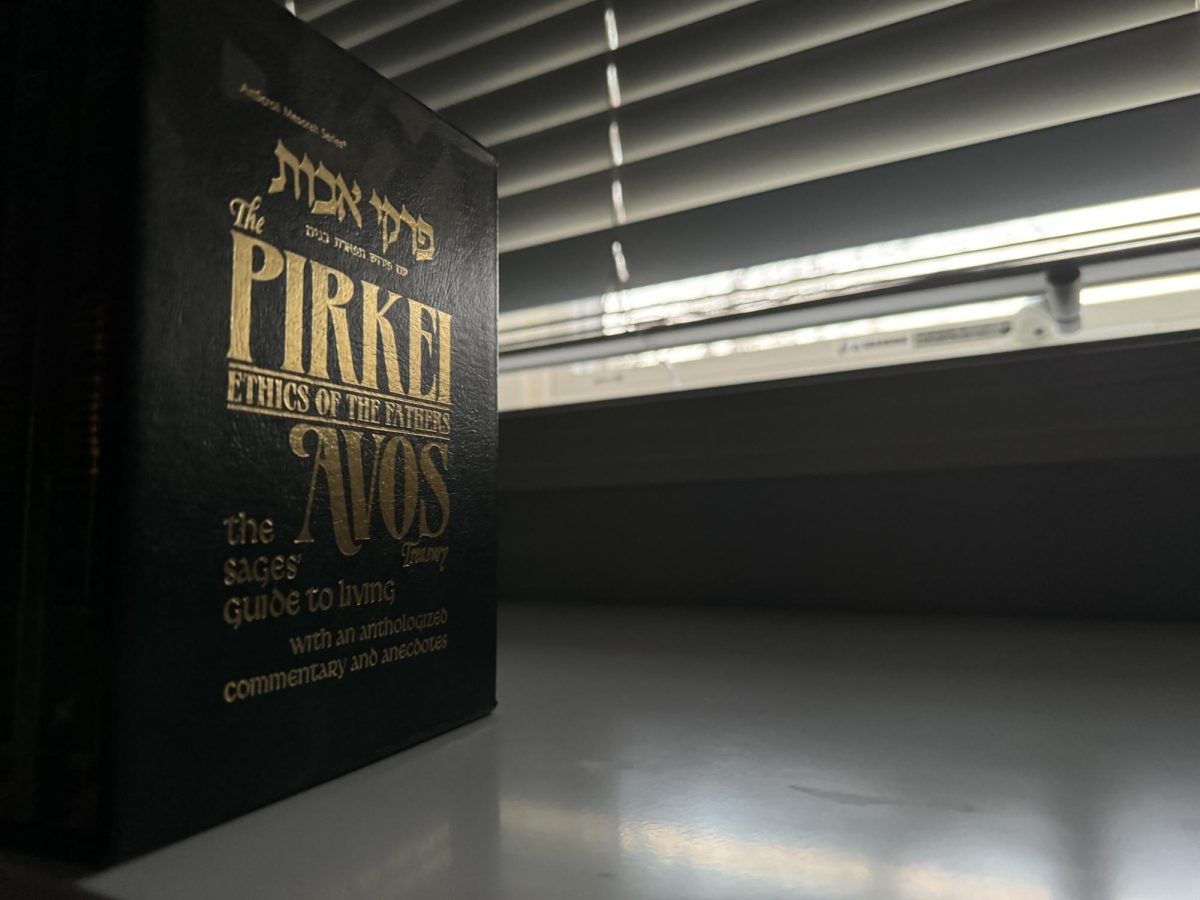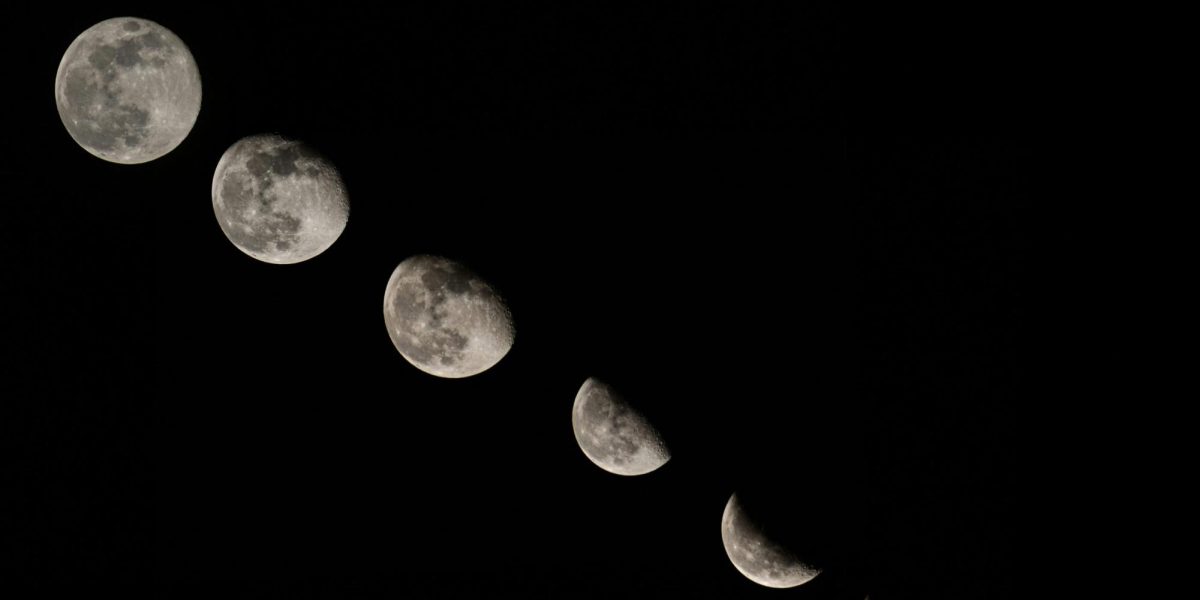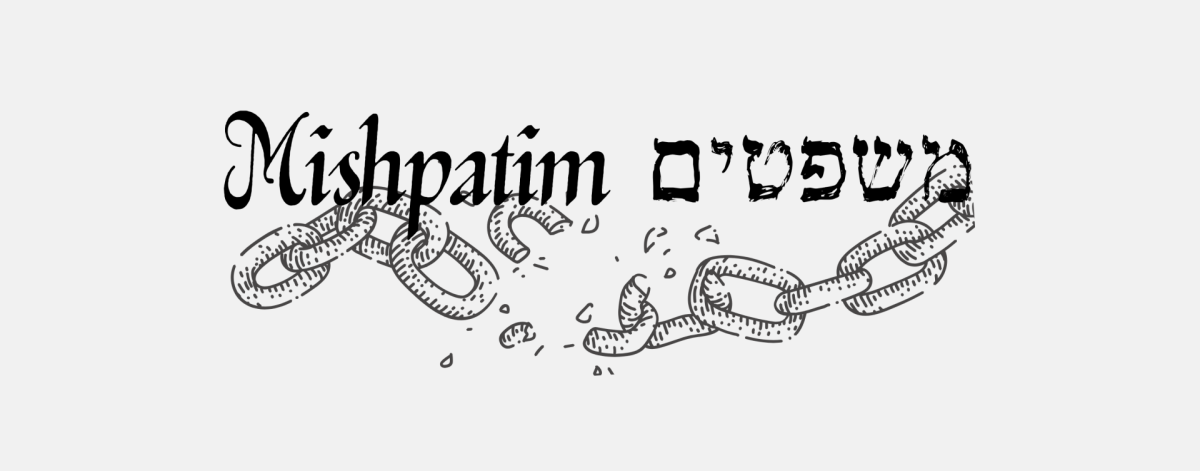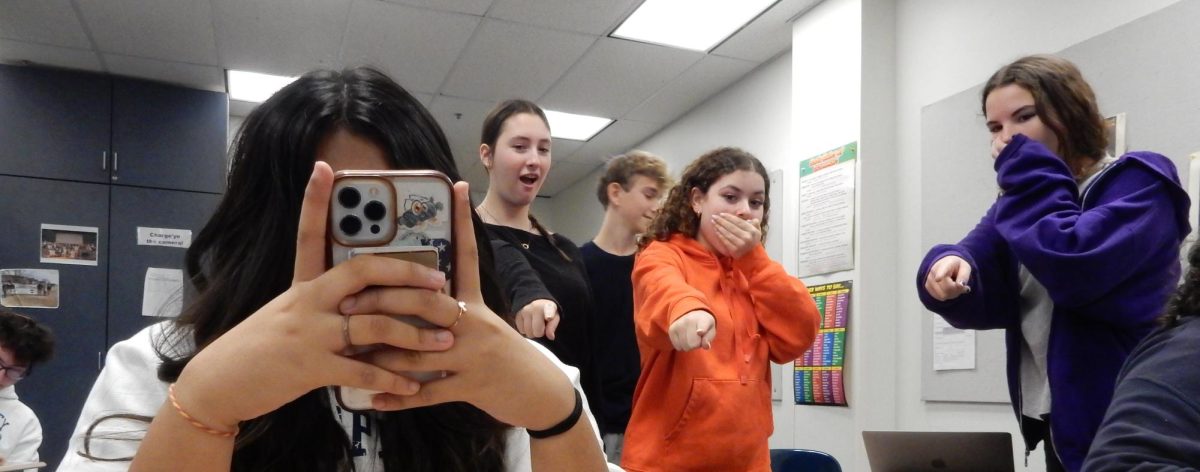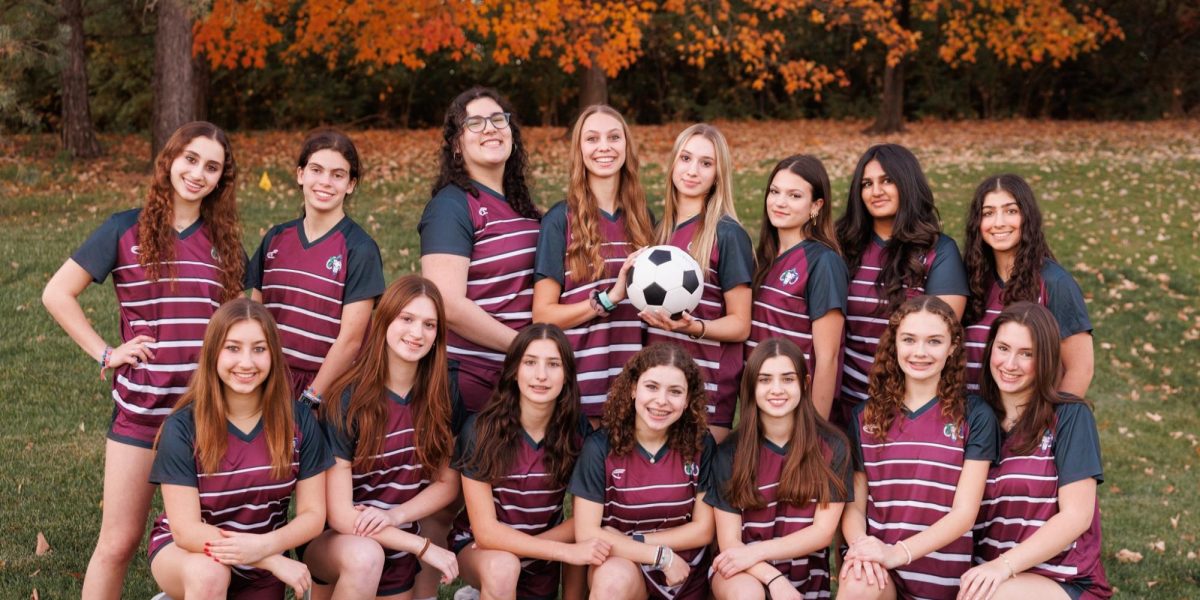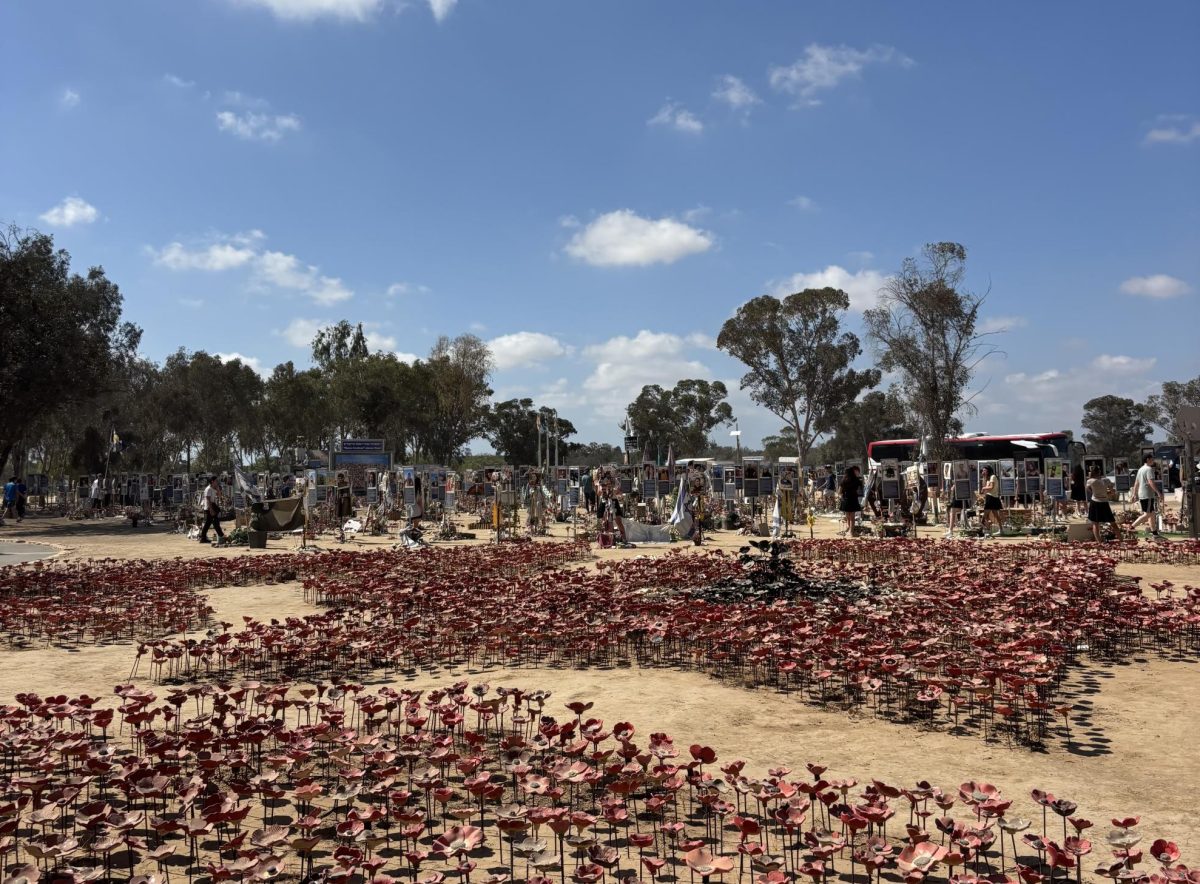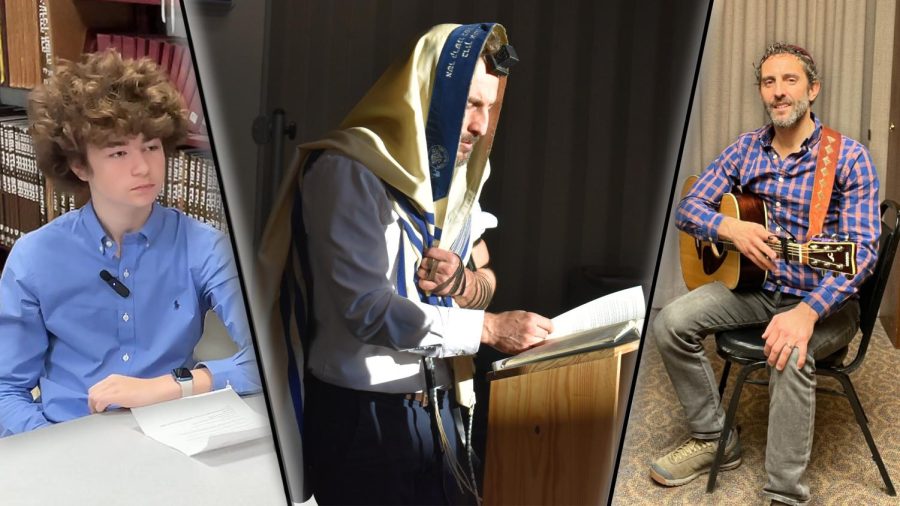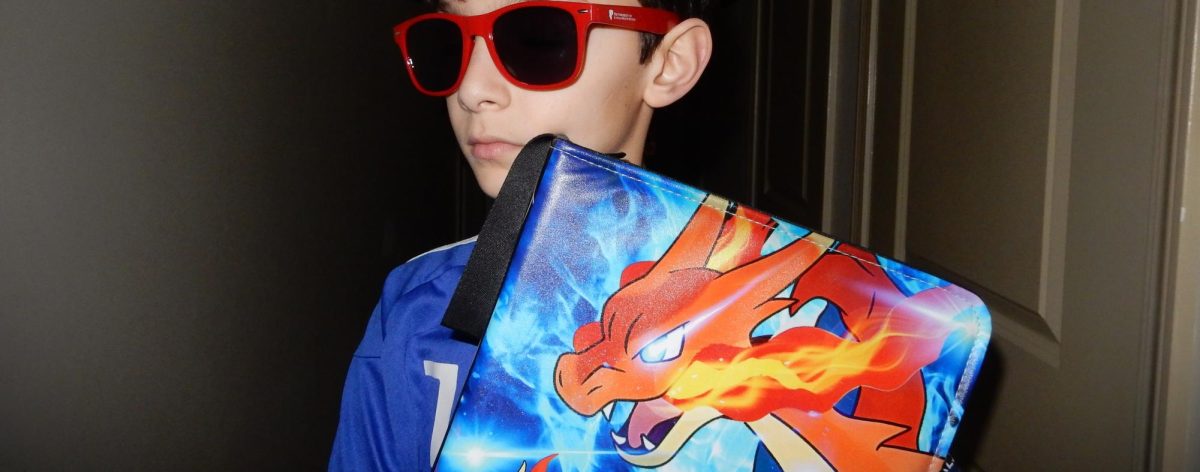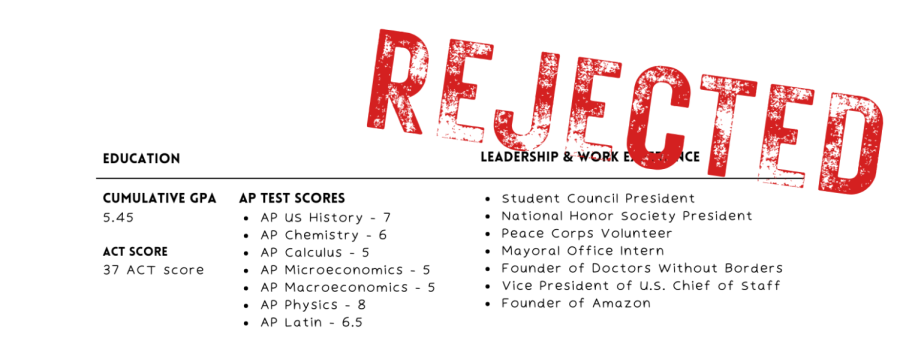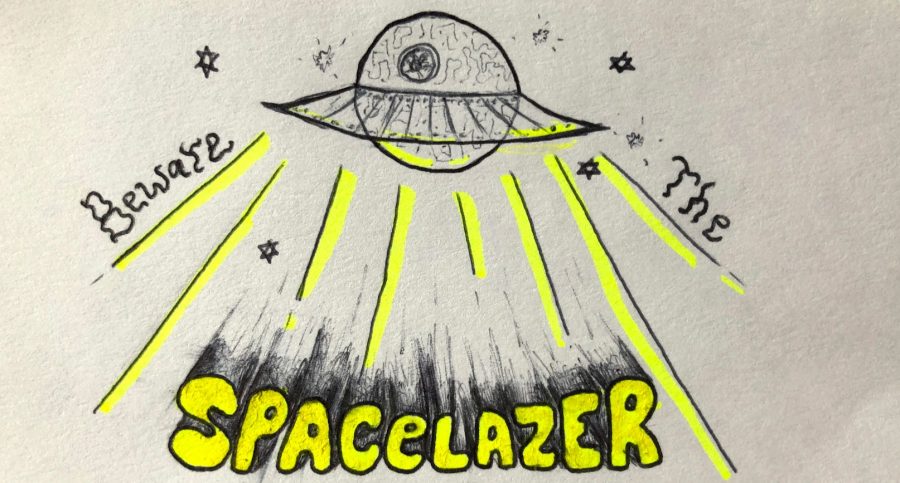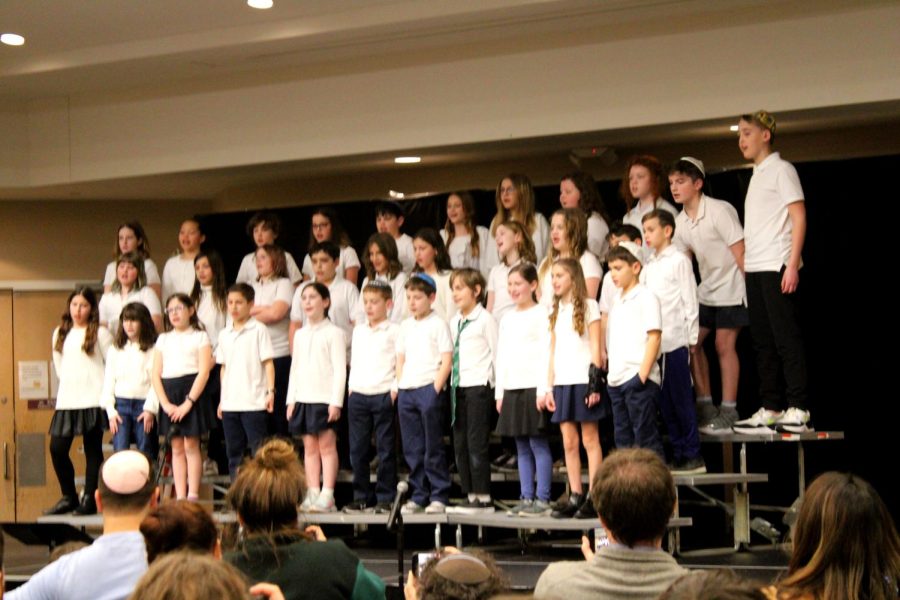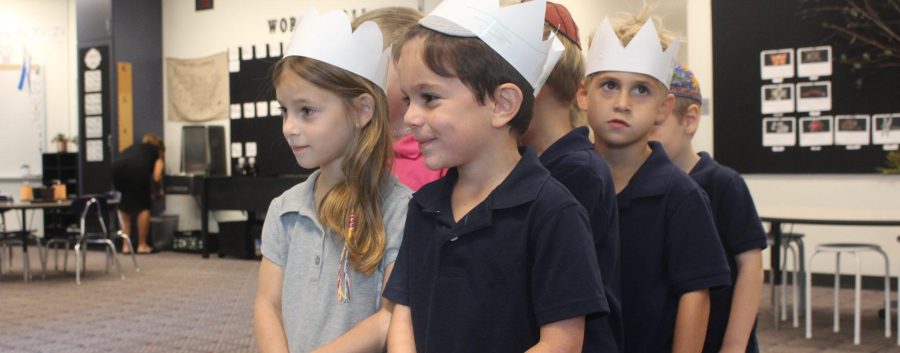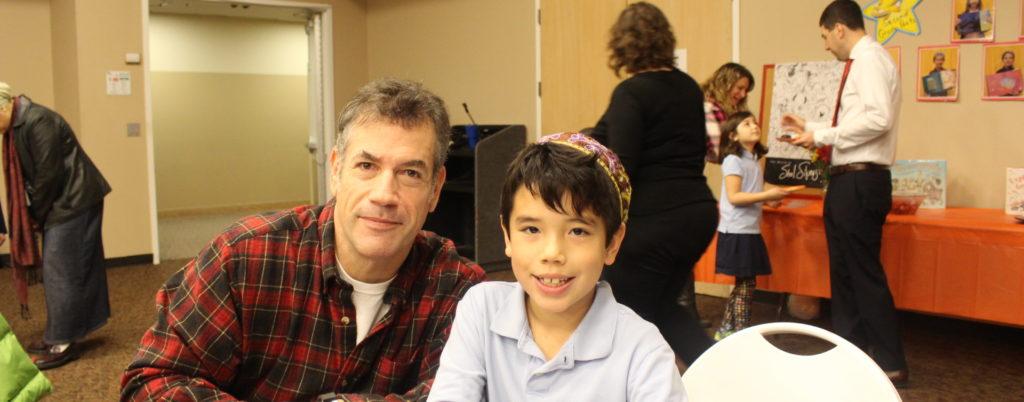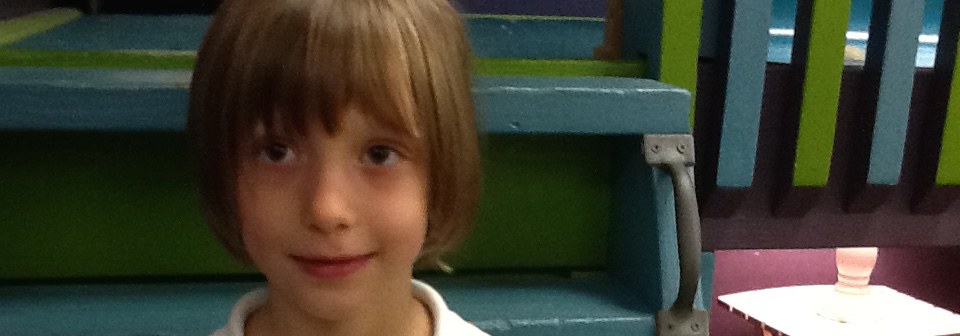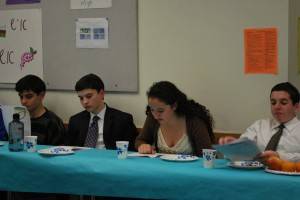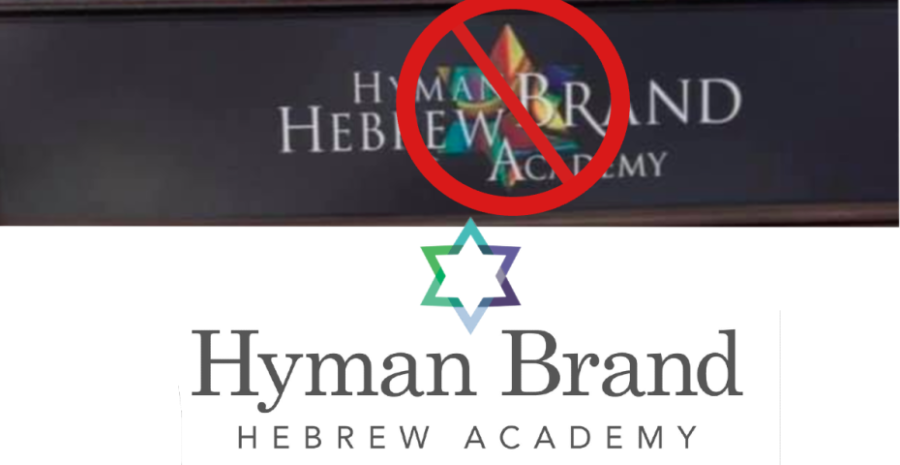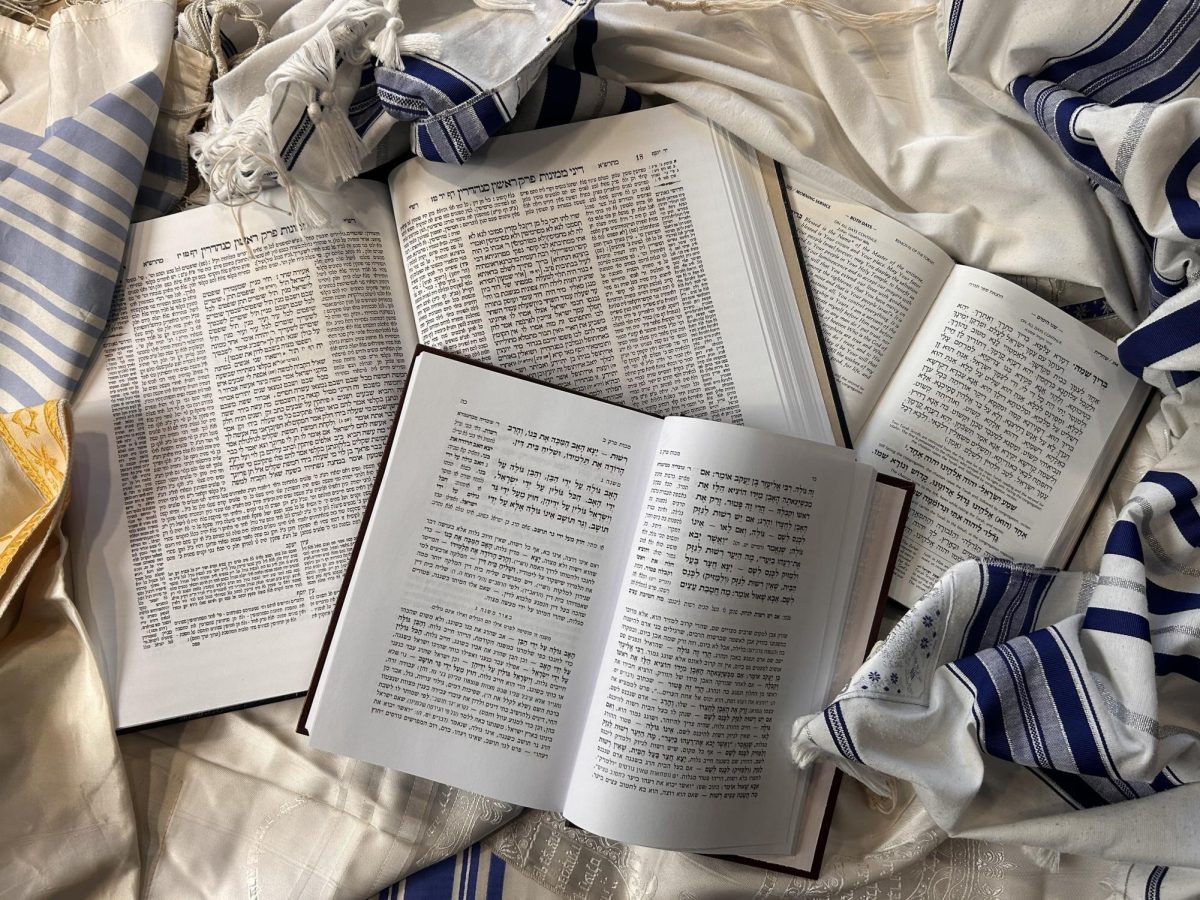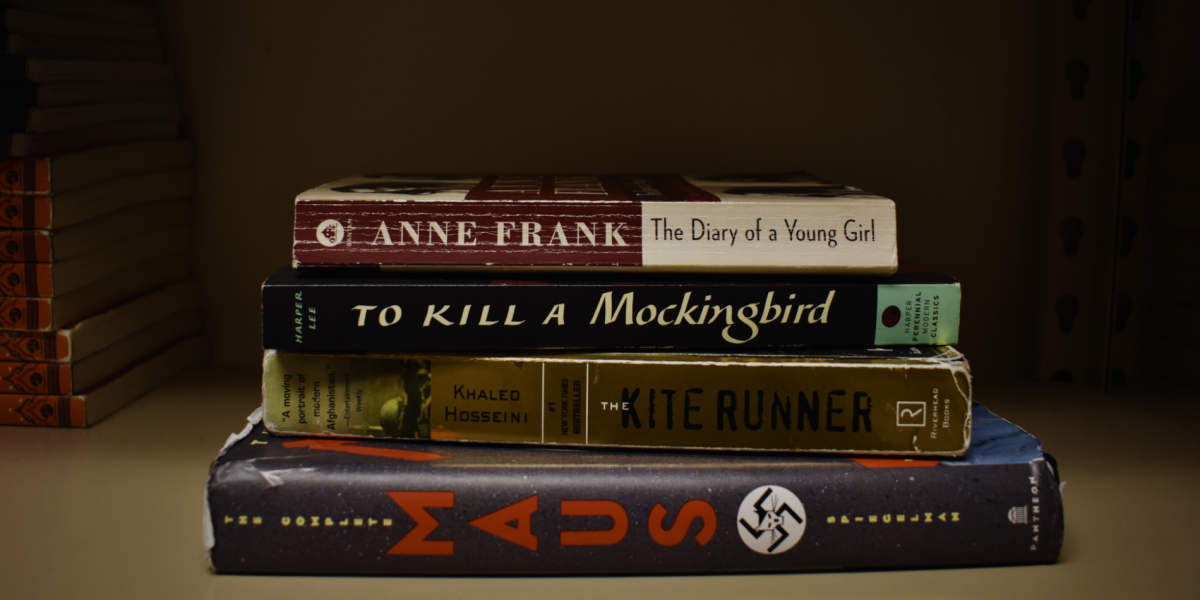Photo by Lainie Kaseff.
The Sophomores focus on the Haggadah (prayer book) during their Seder.
From Jan. 15 to 17, HBHA middle and upper school students celebrated Tu B’Shvat. Falling on the 15th of Shvat, this Jewish holiday honors the new year of the trees.
Planting trees is just one of many traditions followed by Jews, especially those living in Israel, to celebrate the holiday. It is common for Jews to eat fruits, such as dates, figs, apples, and oranges, in addition to a variety of nuts. Rabbi Yitzchak Luria of Tzfat and his disciples designed the first Tu B’shvat Seder, or feast, in the 16th century. Modeled after the Passover Seder, the Tu B’Shvat Seder includes readings from the Haggadah, songs, blessings, and eating fruits pertaining to the holiday.
Edna Meltzer, Hyman Brand Hebrew Academy Hebrew Department Chair, held her annual Tu B’Shvat Seders this year for her eighth- through twelfth-grade students. Leading up to the Seder, Meltzer’s students learned about Tu B’Shvat through song, poetry, verses from the Tanakh, and Midrash. The passages in the Tu B’Shvat Haggadah are separated into four sections based on four world ideas: creation, formation, action, and Israel. Additionally, each section teaches about a different season of the year. While students learn about nature in Israel, they are also showcasing their Hebrew skills.
“The Upper School Students take part in the Tu B’Shvat Seder by reading from the Haggadah in Hebrew,” said Meltzer. “This Haggadah emphasizes the beginning of spring in Israel, nature, and the new year of the trees. [The students] do this through poetry, Midrash, and songs. I love the Seder because it is an opportunity to push [the students’] Hebrew to a higher level.”
Not only do HBHA students jump at the chance to improve their Hebrew in a unique setting, they love the relatability of the Tu B’Shvat Seders. The Haggadot used for Meltzer’s Seders actively engage students because they allow to them to make connections to topics and people that they learn about in their normal Hebrew classes.
While HBHA students partake in Seders every year, sophomore Adena Goldberg believes that there is always something new to be learned from them. “Each year, I become more comfortable with the flow of the Seder, but I am also able to learn so many new things,” said Goldberg. “Meltz is able to take the material and apply it to what we’ve been learning with her that year. She always finds a new connection to bring to the table.”
By singing songs like “Shirat Ha’Asavim” and “Sheleg Al Iri,” upper school students at HBHA are able to celebrate Tu B’Shvat in an entertaining, but educational style. Even alumni joined in on the festivities this year. 2013 graduates Sarah Herman, Avery Parkhurst, and Daniel Goldberg all visited for Meltzer’s Tu B’Shvat Seders.
Senior Jacob Margolies may not come back and visit for Tu B’Shvat next year, but he would still like to hear how the Seders go every year. “I will try to keep in contact with Meltz every Tu B’Shvat.” said Margolies. “Tu B’Shvat Seders in Meltz’s class are an amazing HBHA tradition and I will miss them very much. They are one of my favorite parts of the school year. I advise all students to take the time to appreciate the Tu B’Shvat Seders; they are such great experiences to be a part of.”


